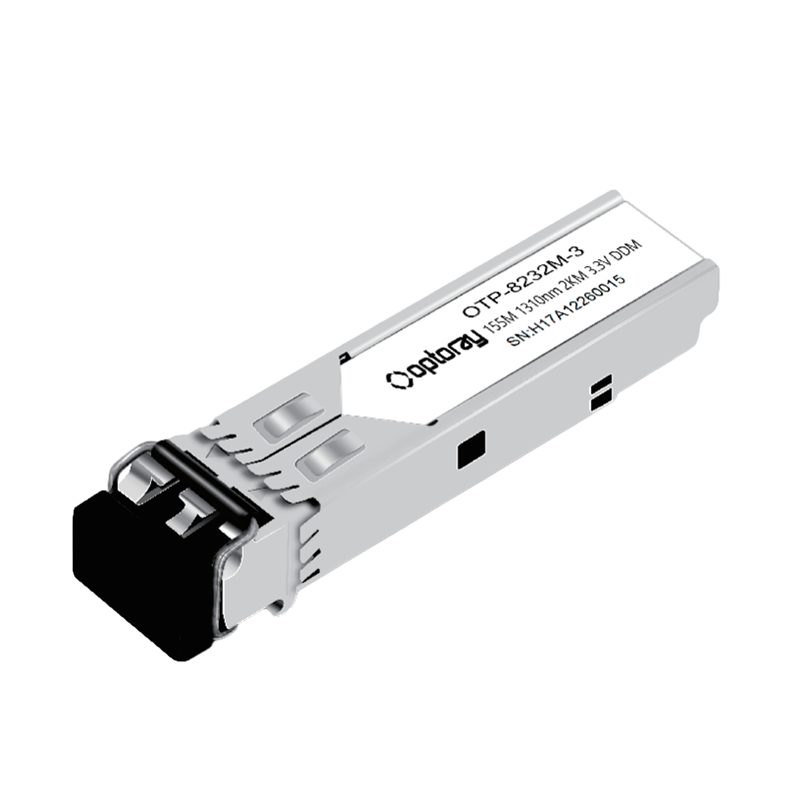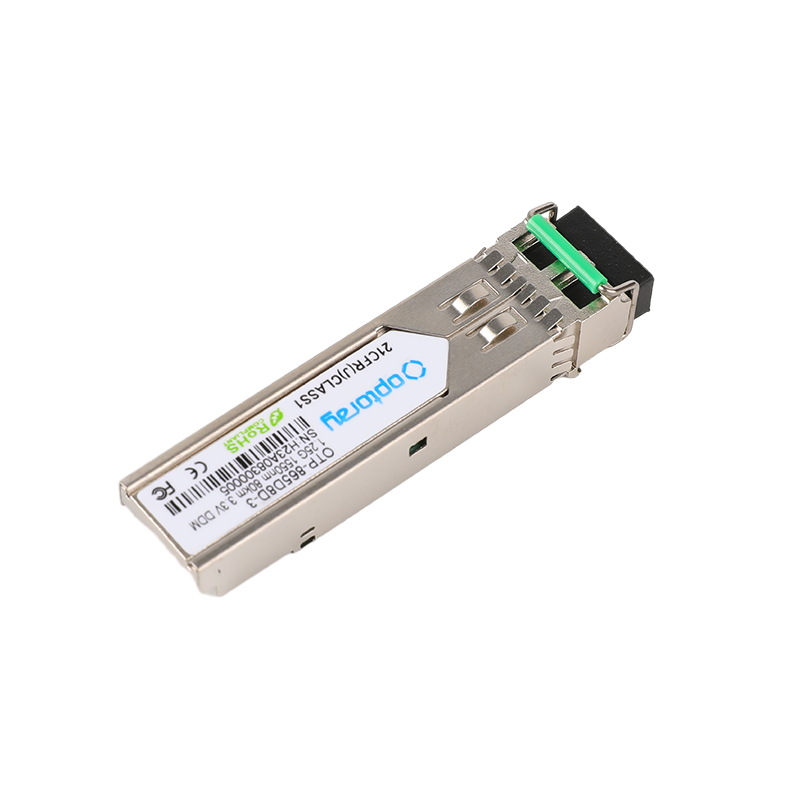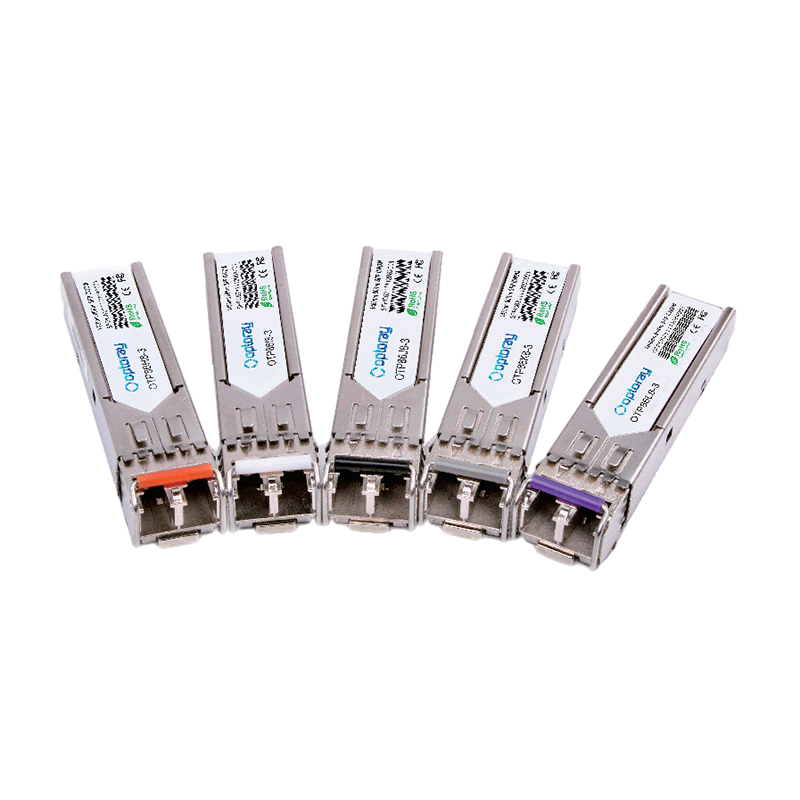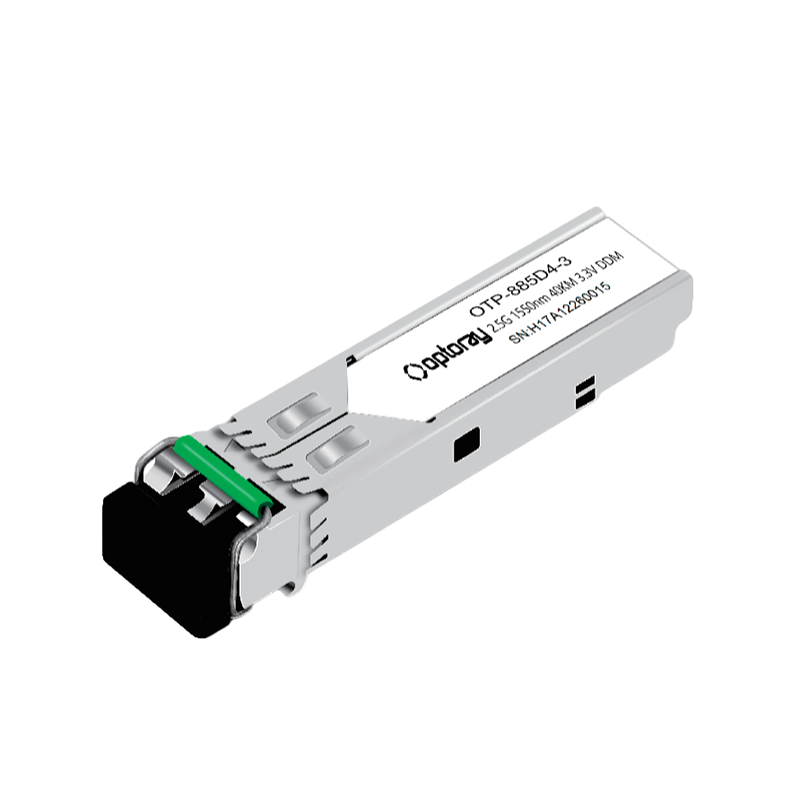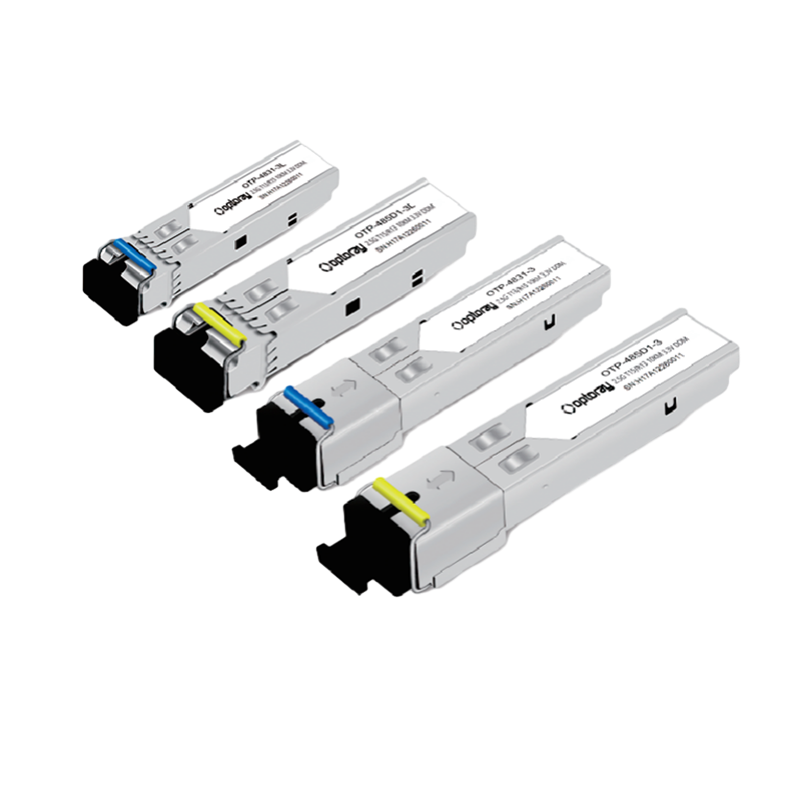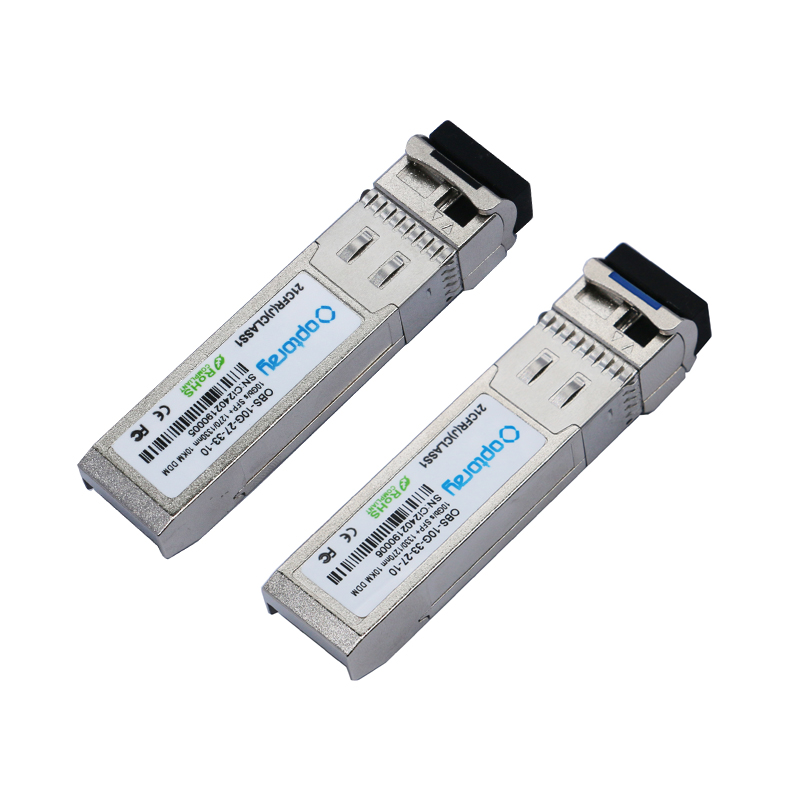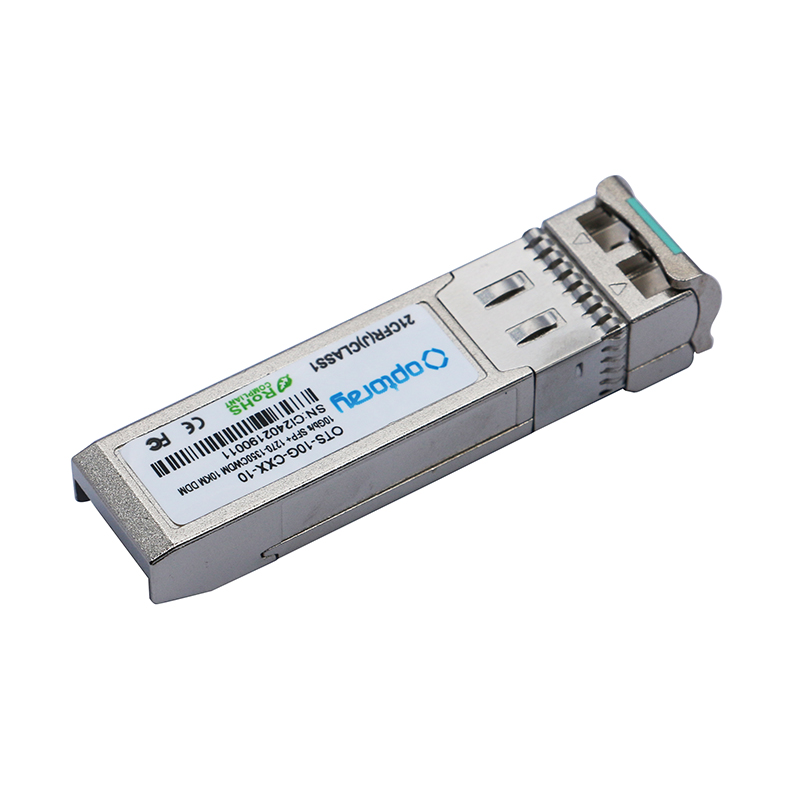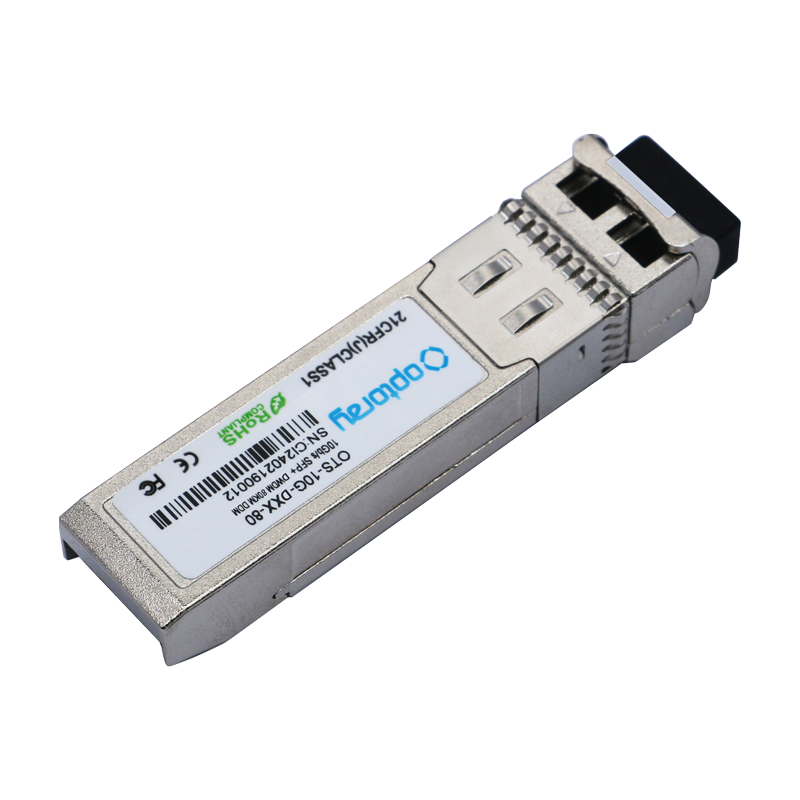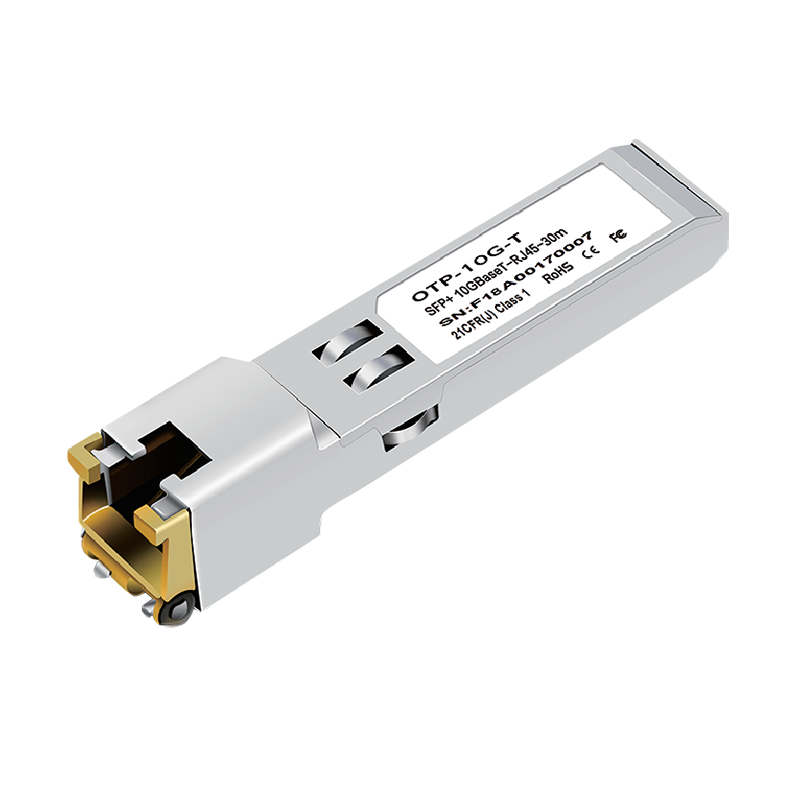+86-0559-5290604
SFP Technology Analysis: Bringing New Breakthroughs to Network Transmission
With the rapid development of network technology, the demand for data transmission is growing. In order to meet the different network transmission speed and distance requirements, SFP (Small Form-factor Pluggable) module technology came into being and became an indispensable and important part of modern network equipment.
What is SFP module?
SFP module is a fiber or copper cable communication interface module used in network equipment. SFP modules are usually used in switches, routers, fiber optic transceivers and other equipment. It can support different transmission media (such as optical fiber or copper cable) according to different needs, and support different transmission speeds and distances.
SFP module is not only highly compatible, but also flexible, and can choose different types according to different application scenarios. This makes it widely used in the construction and upgrading of network facilities.

Main features of SFP
1. Miniaturization and high density
The small size of SFP module can greatly save equipment space, making it possible to realize high-density ports. Especially for high-performance switches and routers, the miniaturized design allows the equipment to provide more connection options in a limited space, thereby improving the utilization efficiency of network equipment.
2. Hot-swappable capability
The SFP module has a hot-swappable function, which allows it to be plugged in and out during the operation of the device without shutting down the device. This greatly simplifies maintenance work and improves the stability and reliability of the system. When network facilities need to be expanded, operators can quickly replace or upgrade SFP modules, reducing downtime.
3. Support for multiple transmission modes
The SFP module supports two transmission media, optical fiber and copper cable, and can select the appropriate transmission mode according to actual needs. For example, long-distance optical fiber transmission can be achieved through the SFP optical module, while the SFP copper module is suitable for shorter-distance Ethernet connections. The flexible switching of different transmission modes enables the SFP module to adapt to various network environments.
4. High bandwidth and low latency
The SFP module supports transmission speeds from gigabit (1G) to 10G or even higher bandwidth. In modern high-speed network environments, the speed and latency of data transmission have become key factors in measuring network quality, and the SFP module can meet the needs of large-volume data transmission through its high bandwidth and low latency.
The difference between SFP, SFP+ and QSFP
In actual applications, SFP modules are not the only choice. There are other similar modules on the market, such as SFP+ and QSFP. Their main differences are bandwidth, transmission speed and application scenarios.
SFP and SFP+: SFP modules usually support transmission rates from 1G to 4G, while SFP+ supports higher transmission speeds (up to 10G). Therefore, SFP+ is more suitable for application scenarios with higher bandwidth requirements, such as data centers and enterprise-level networks.
QSFP: QSFP (Quad Small Form-factor Pluggable) is a more advanced module that usually supports 40G or even 100G high-speed data transmission and is widely used in high-speed, large-scale network architectures, such as core switches in data centers or fiber-optic transmission networks.

Application areas of SFP
1. Enterprise network construction
In the network architecture of modern enterprises, SFP modules provide a flexible and scalable solution. Whether it is a local area network (LAN) or a wide area network (WAN), SFP modules can provide stable and reliable data transmission. By choosing SFP modules with different rates, enterprises can flexibly adjust network bandwidth according to actual needs to ensure stable network operation.
2. Data Center
As the demand for high-speed transmission and large bandwidth in data centers continues to increase, SFP modules have become core components in data center interconnection and storage networks. The hot-swappable characteristics and high-density design of SFP modules have greatly improved the operation and maintenance efficiency and network scalability of data centers.
3. Fiber Optic Communication
SFP modules are widely used in fiber optic communications. By adopting optical modules, SFP can support long-distance fiber connections and is widely used in Internet service providers (ISPs) and telecommunications companies to ensure high-speed data transmission around the world.
Future development trend of SFP
With the popularization of emerging technologies such as 5G networks, the Internet of Things (IoT) and artificial intelligence (AI), the amount of network data will continue to grow, and bandwidth requirements will also increase accordingly. In order to adapt to these changes, SFP technology is also constantly developing. In the future, SFP modules will support higher transmission rates, longer transmission distances and more diverse network applications.
As an indispensable part of modern network architecture, SFP modules have been widely used around the world due to their flexibility, high density, low latency and other advantages. With the continuous advancement of network technology, SFP technology will surely develop further and provide more solid support for the construction of future high-speed and intelligent networks.



 English
English русский
русский


